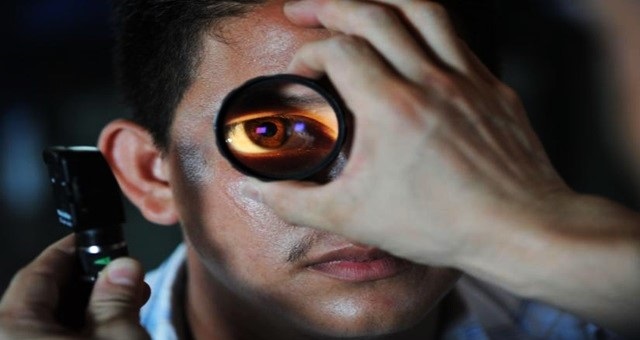

Eye tests can help predict stroke risk: Study (Photo: IANS)
Sydney, Jan 14 (IANS) Routine eye tests can accurately predict a person's risk of stroke, according to an international research team on Tuesday.
The research, led by the Centre for Eye Research Australia (CERA) in Melbourne, Australia identified a blood vessel "fingerprint" at the back of the eye that can be used to predict a person's stroke risk as accurately as traditional risk factors, but without the need for invasive tests, Xinhua News agency reported.
The research found that the fingerprint consists of 118 indicators of vascular health and can be analyzed from fundus photography, a common tool used in routine eye tests.
The team used a machine learning tool called the Retina-based Microvascular Health Assessment System (RMHAS) to analyse fundus photos of the eyes of 45,161 people in the UK with an average age of 55.
During an average monitoring period of 12.5 years, 749 participants had a stroke.
The researchers identified 29 of the 118 indicators as being significantly associated with first-time stroke risk.
Of the 29, about 17 of the indicators were related to vascular density, the percentage of a region of tissue that is occupied by blood vessels. Low density in the retina and brain is associated with an increased risk of stroke.
According to the study, each change in density indicators was associated with an increased stroke risk of 10-19 per cent.
Decreases in twistedness and complexity indicators were found to increase stroke risk by 10.5-19.5 per cent.
"Given that age and sex are readily available, and retinal parameters can be obtained through routine fundus photography, this model presents a practical and easily implementable approach for incident stroke risk assessment, particularly for primary healthcare and low-resource settings," said the researchers, including from Hong Kong.
Stroke affects over 100 million people worldwide and causes approximately 6.7 million deaths globally every year, the study said, making early identification of individuals at risk critical to reduce stroke-related disability and mortality.